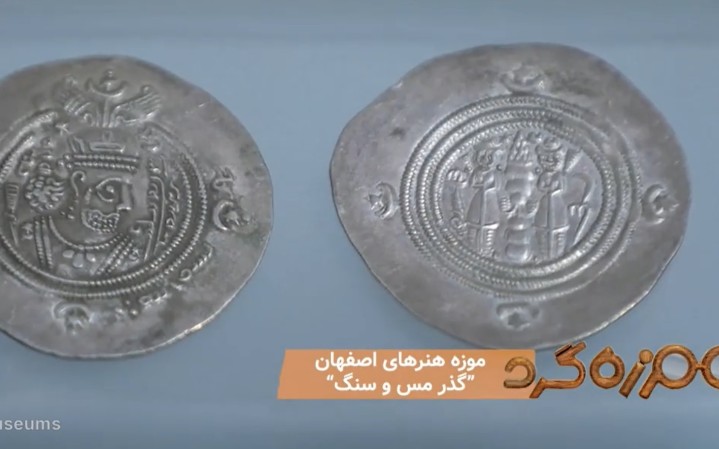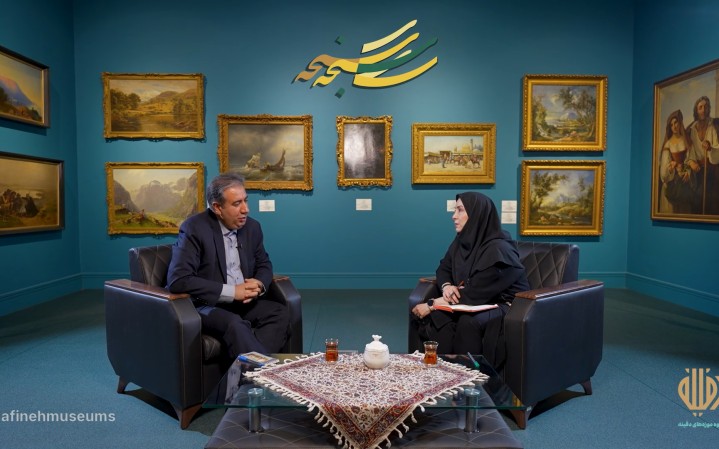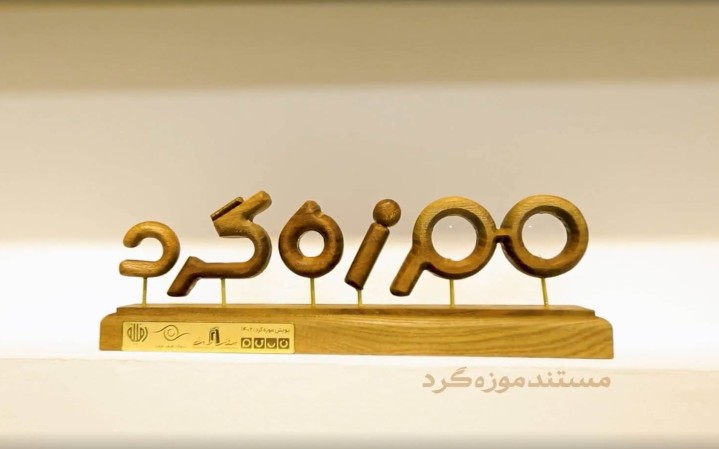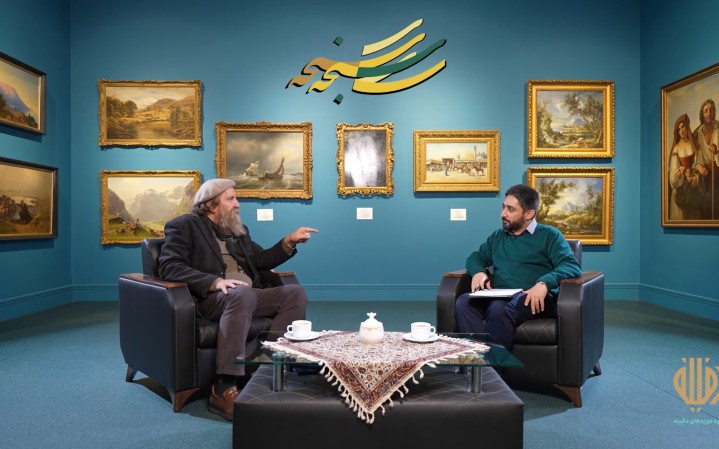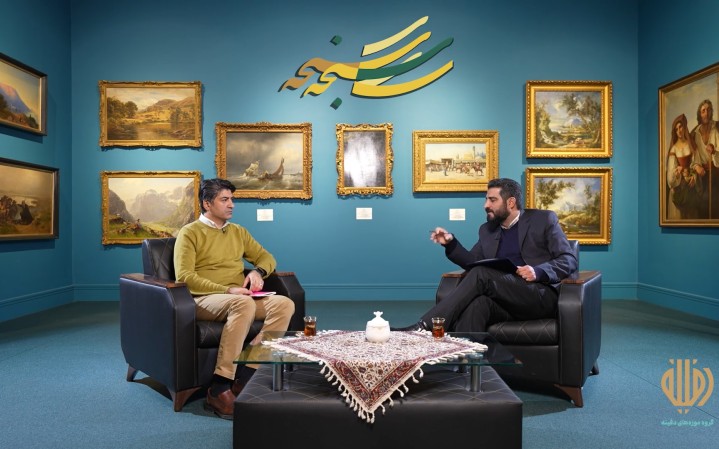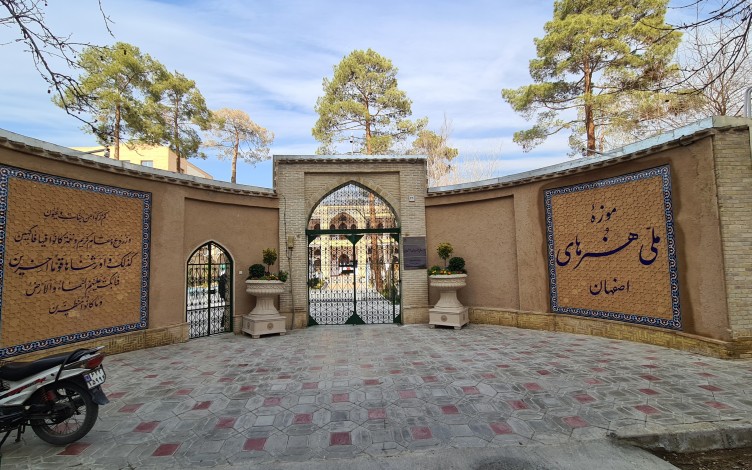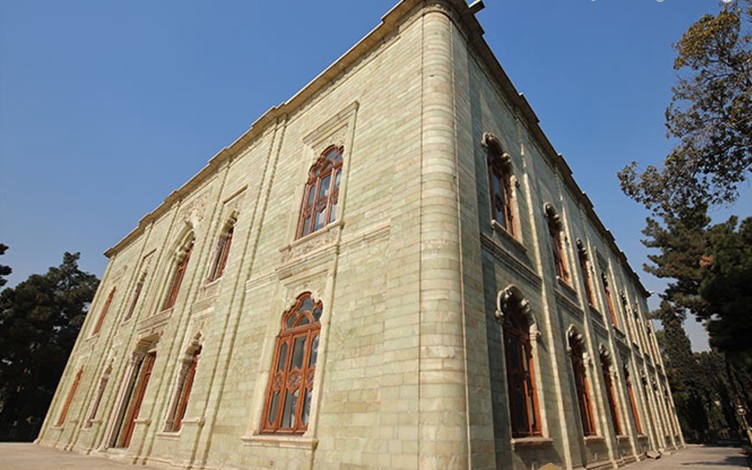Yazd Light and Lighting Museum
An amazing museum in beautiful Koshki. In this museum, the theme of light and lighting in Iranian culture is displayed by displaying ancient, artistic and historical objects and light fixtures. Historical light fixtures in combination with Iranian-European architectural arrays of mirror and lighting kiosks have created a unique combination and effect.
Buy TicketYazd Light and Light Museum Cultural Campus has been established in a 70-year-old kiosk known as the Aine Palace. This building, which is located on Ayatollah Kashani Street, Yazd, was registered in 1378 as number 2400 in the list of national monuments of Iran. The damage of the said building due to the passage of time prompted Dafineh Museums Group (Cultural Institute of Foundation Museums) to restore and redesign its contents. This building was opened on May 28, 1401 AH to display more than 250 objects and historical and cultural artifacts in the foundation's vaults, focusing on the symbolic, visual, practical and spiritual aspects of light under the title "Yazd Museum of Light and Light Cultural Campus". A museum that tells the story of thousands of years of the presence of light and light in human thought, philosophy and daily life. The exhibition spaces of the museum include several sections with the titles of "Antique Porch", "Khamse", "Afrang", "Noor", "Mushkat", "Velvet", "View", "Mirror" and "Abgoon".
The antique portico is a place to display the visual and practical effects of light and lighting in the form of ancient objects. These objects, which belong to the pre-historic and historical periods to the middle centuries of the Islamic era in different regions of Iran, include dishes, tallow burners and clay lanterns, bronze mirrors and historical coins.
In the portico of Khamsa, which opens to the view of the garden with its five eye-catching doors, the evolution of light-enhancing objects in the Islamic era, including dishes and decorations related to architecture with the image of the sun, arrays and medallions with the design of the sun are on display. has taken.
Ifrang portico mainly displays European artistic effects in the form of mirrors, candlesticks, gold boxes and other luxurious objects. Snuff boxes and European enameled gold cosmetic boxes are among the most beautiful and valuable objects in this space.
The portico of light is different from the previous porticoes in terms of nature. In this space, the spiritual effects of light are displayed and talk about the indestructible light that brings man to perfection. This light is nothing but the light of divine guidance. Based on this, the exhibited objects include pieces of the curtain of God's house, a decorated mirror in the name of Allah and the five sons of Al-Abba (a.s.), a painting on the subject of the Karbala incident and centered on the waterman of Karbala, Hazrat Abbas (a.s.), Zulfiqar's badges with The Naqsh of Hazrat Ali (AS) are pieces of agate stone with religious names and Quranic verses and a small Quran with a silver frame.
After passing through the inner space of the kiosk, there is the Mashkat portico, where the unique mirror-work decorations stand out at the base of the dome and the mirror-work moqrans in its niches. The presence of mirrors, chandeliers, oil lamps, chandeliers and Baccarat chandelier in this space makes the viewer familiar with some of the aristocratic objects of the 19th century Europe and leads them to study the history of this period.
The velvet portico is located in the middle part of the booth. Green velvet fabrics are mainly used to decorate the walls and ceiling of this space. In this portico, a pair of five-flame silver candlesticks from the 20th century are placed on both sides of a luxurious console mirror from the 19th century. Passing through the velvet space, we witness an eye-pleasing connection of light and Iranian architecture, which is due to the display of beautiful Qajar period skylights. As a part of the landscape of Iranian architectural spaces, it has become known as Manzar portico. Two Iros, which are among the masterpieces of Iranian art in Qajar period architecture, have given this part of the museum a very beautiful look with knotwork, colored glass and mirror work including plant, geometric and sun designs.
The next hall is also known as the mirror portico due to the display of various mirrors. The objects displayed in this space are mainly mirrors and mirror frames decorated with lacquer painting, dating from the late Zand and Qajar periods. The main themes of lacquered motifs include goat scenes, stories of one thousand and one nights, icons of Maryam (pbuh) and the birth of Christ (pbuh) and the hunting scene. Hozkhaneh or the main ceremonial space of the mansion named Abgoon Porch contains plaster decorations and eye-catching mirrors. The roof of the reservoir is a dome, the top of which is covered with a perangi. In the center of this space there is a basin with short marble walls and a floor made of beautiful mosaic tiles. A large 48-branch chandelier from the 19th century Baccarat workshop hangs from under the eaves towards the pond. Two jars or candlesticks with large multi-branched bases and a number of small jars and tulip lamps, all of which are made in France in the 19th and 20th centuries, are the other objects displayed in the space.
With the aim of providing cultural services, educational and research programs, this center will welcome those interested in the history of culture and art.
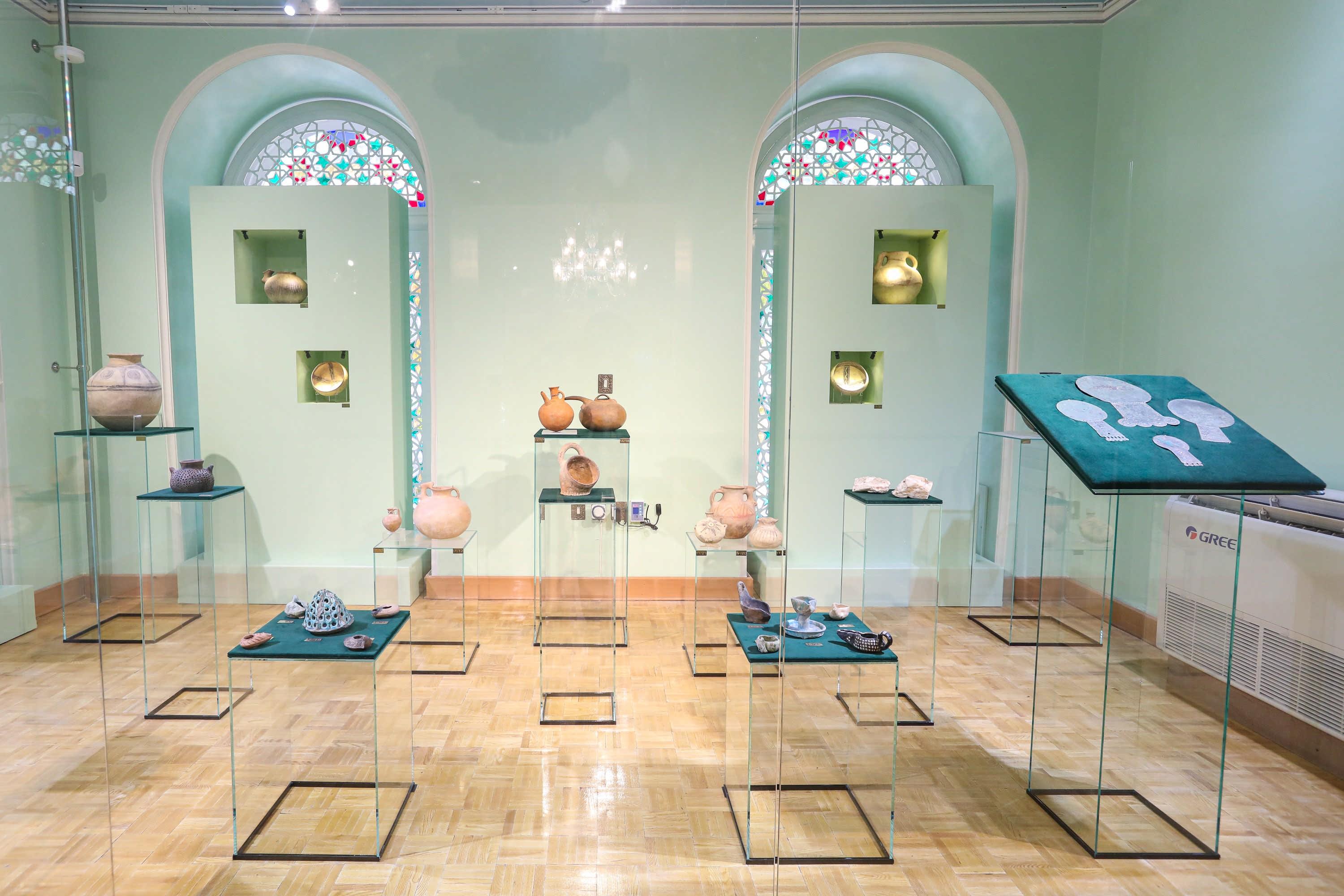
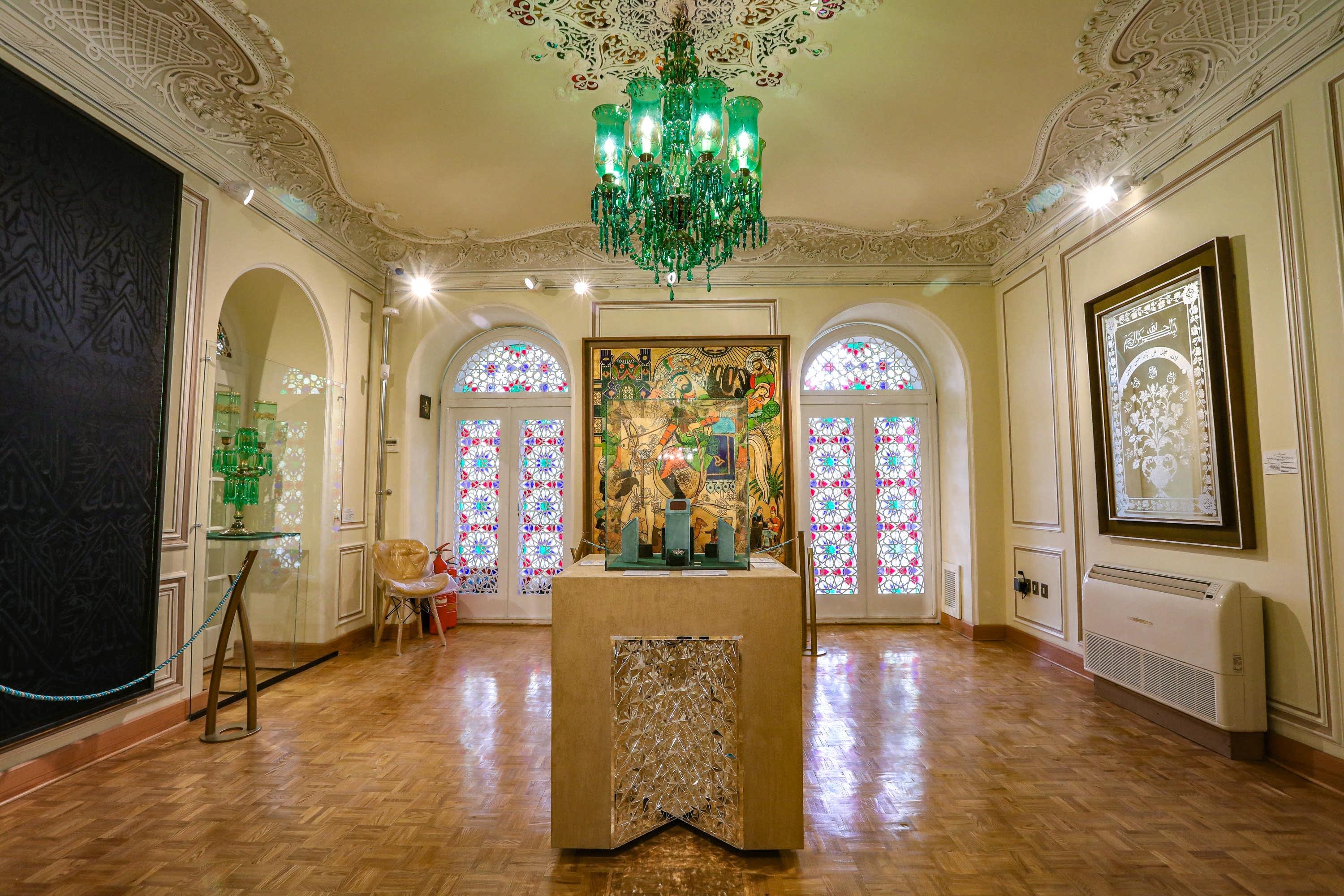
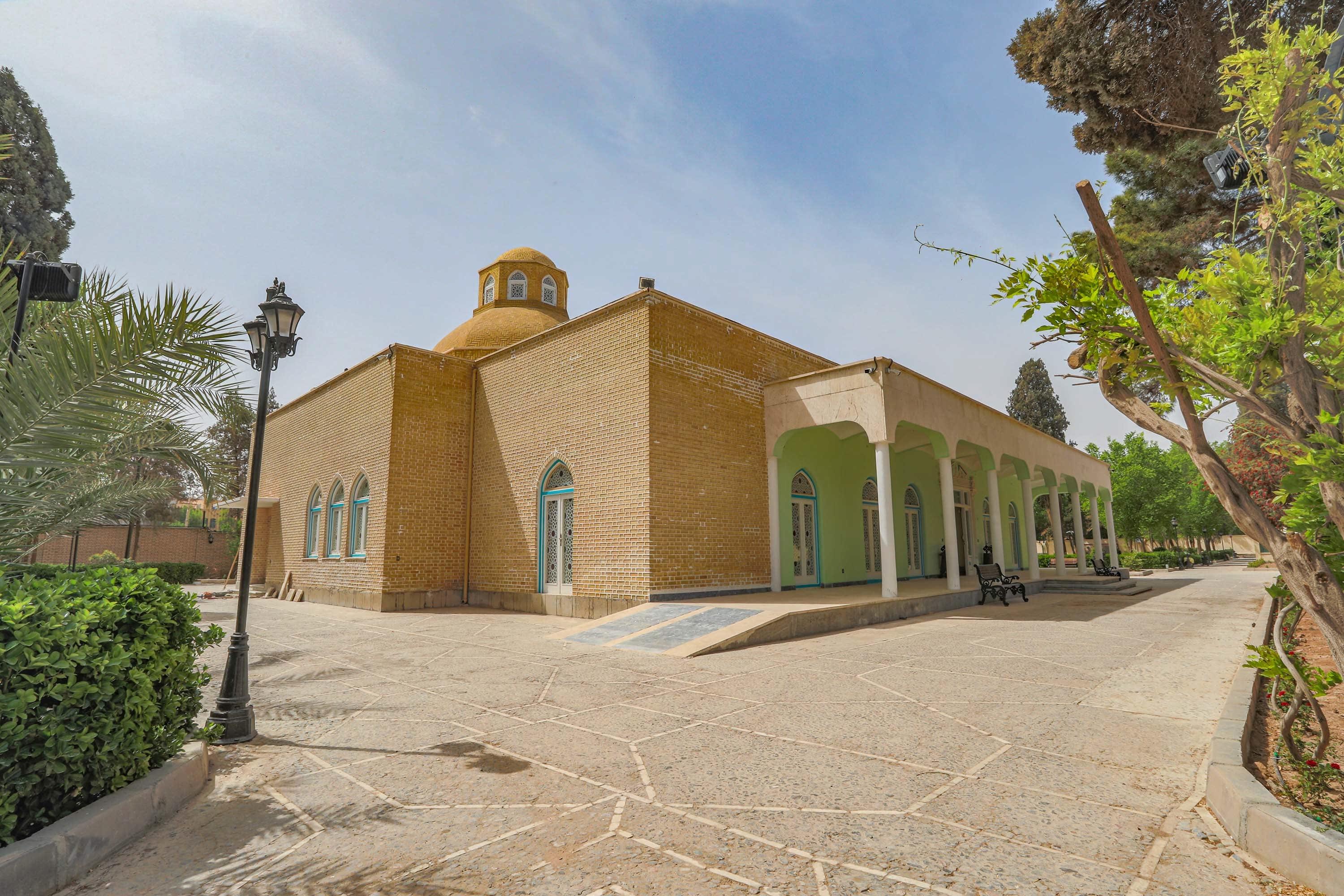


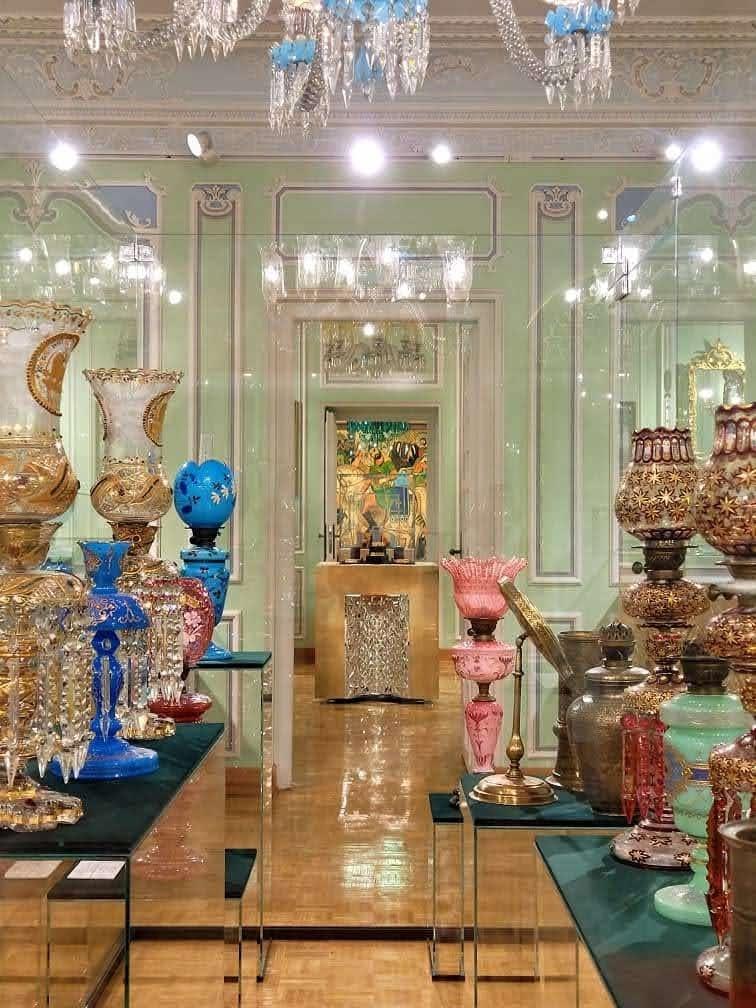
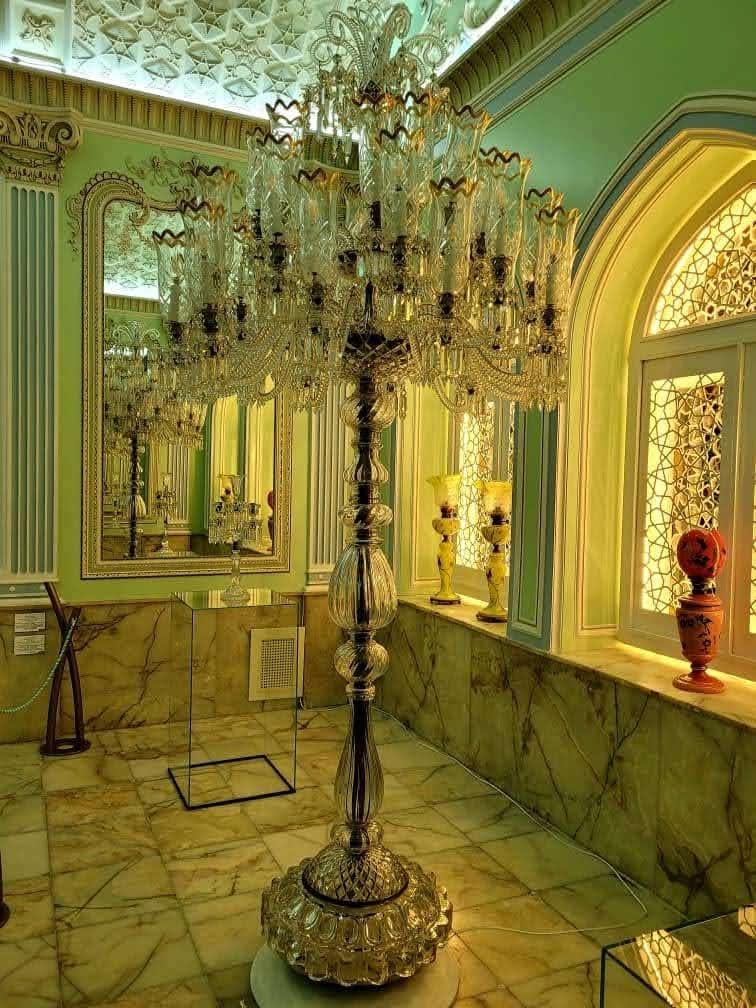
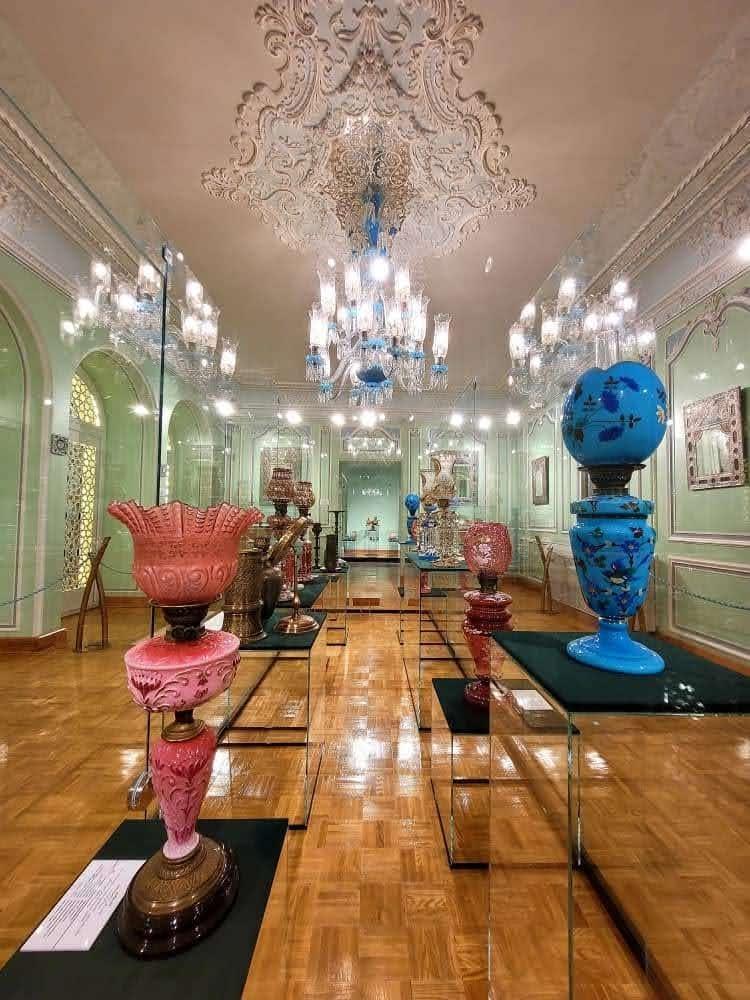
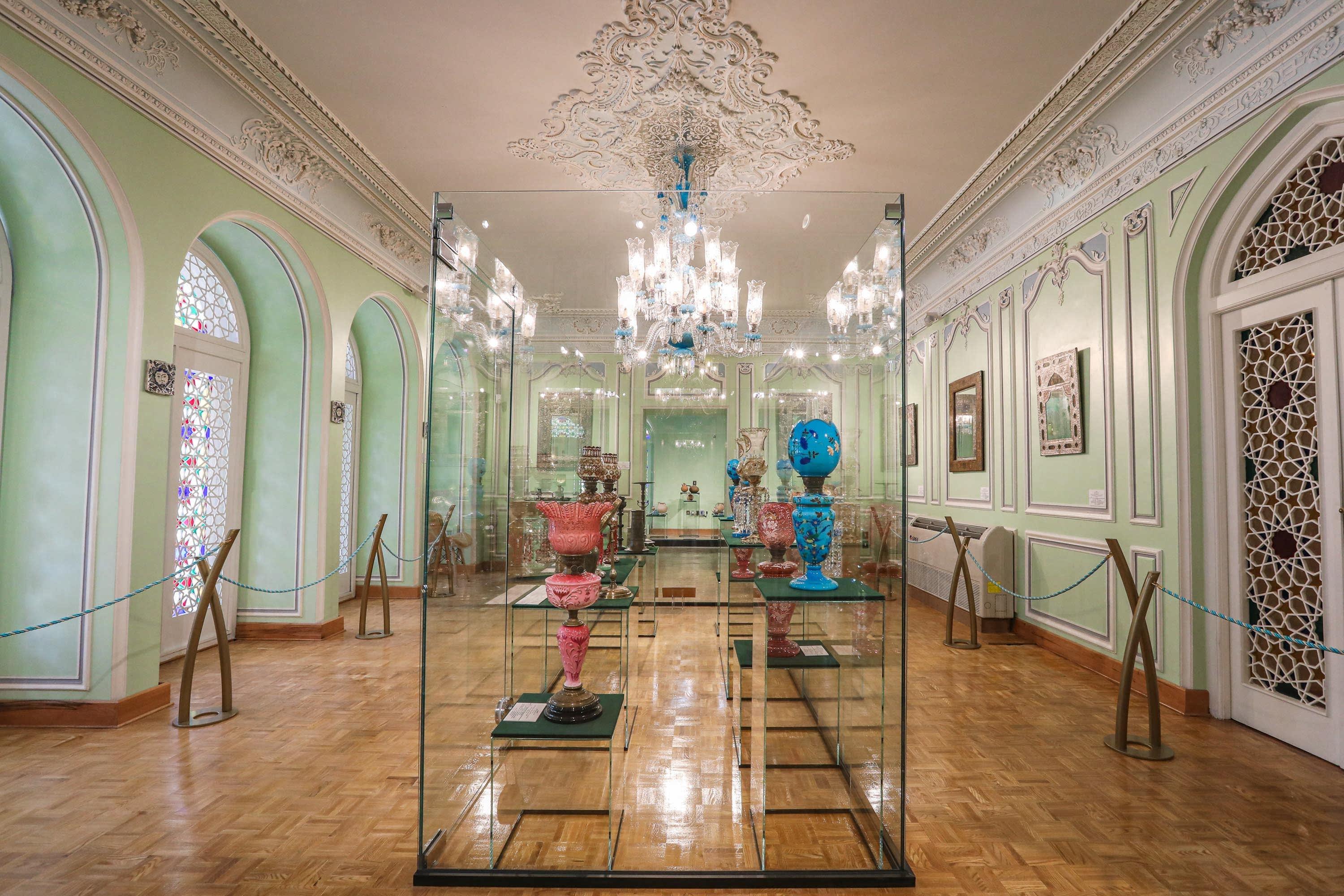
Full price 34 thousand tomans, discount 25 thousand tomans, foreign visitor 500 thousand tomans

